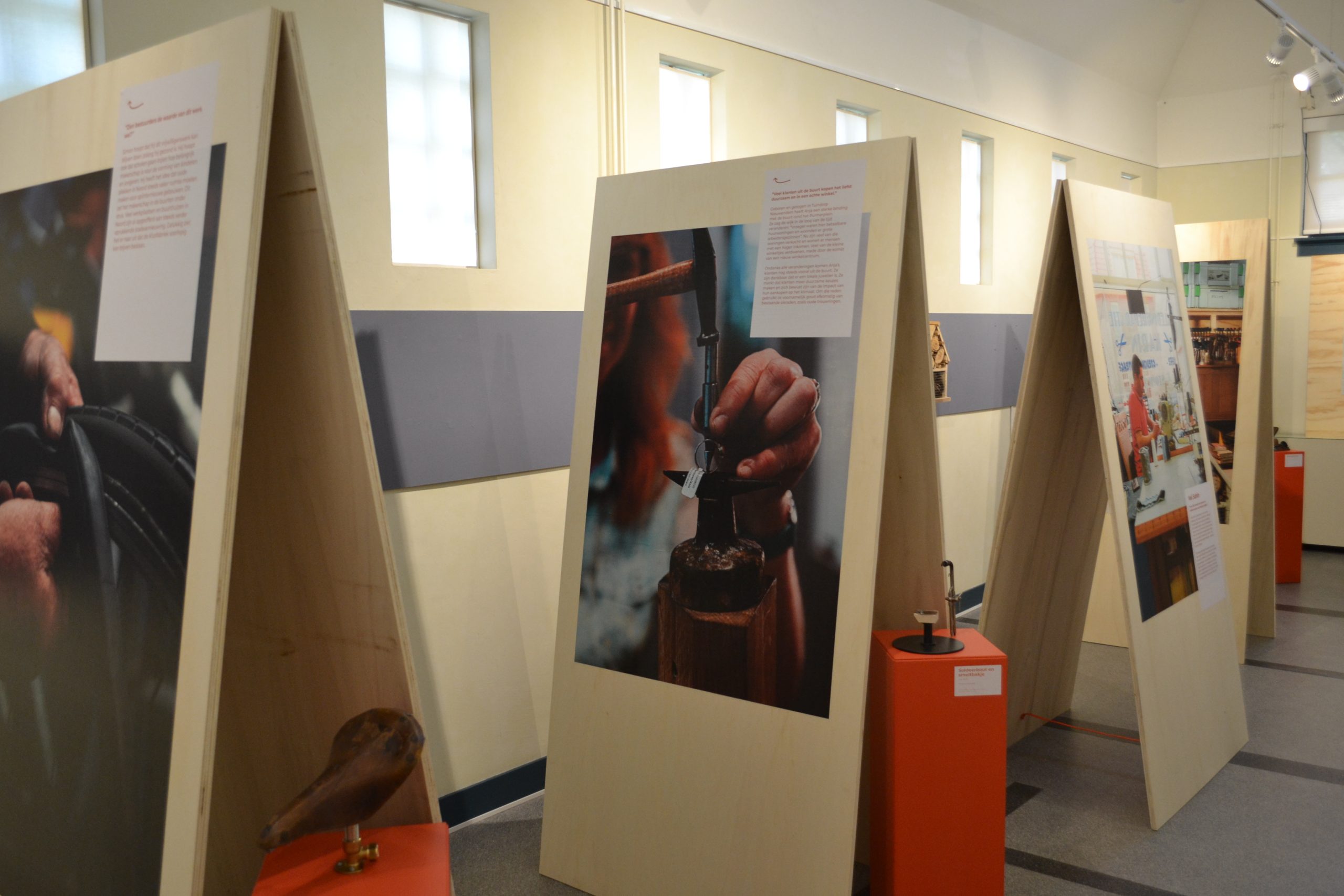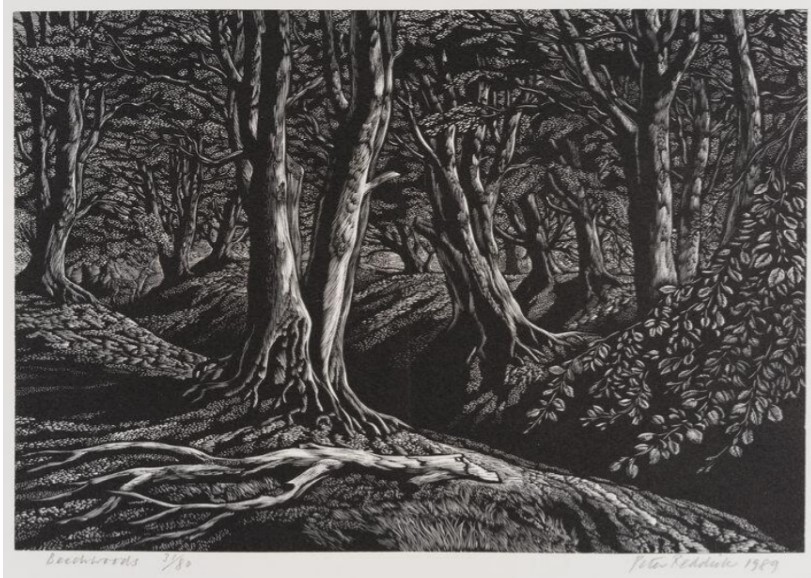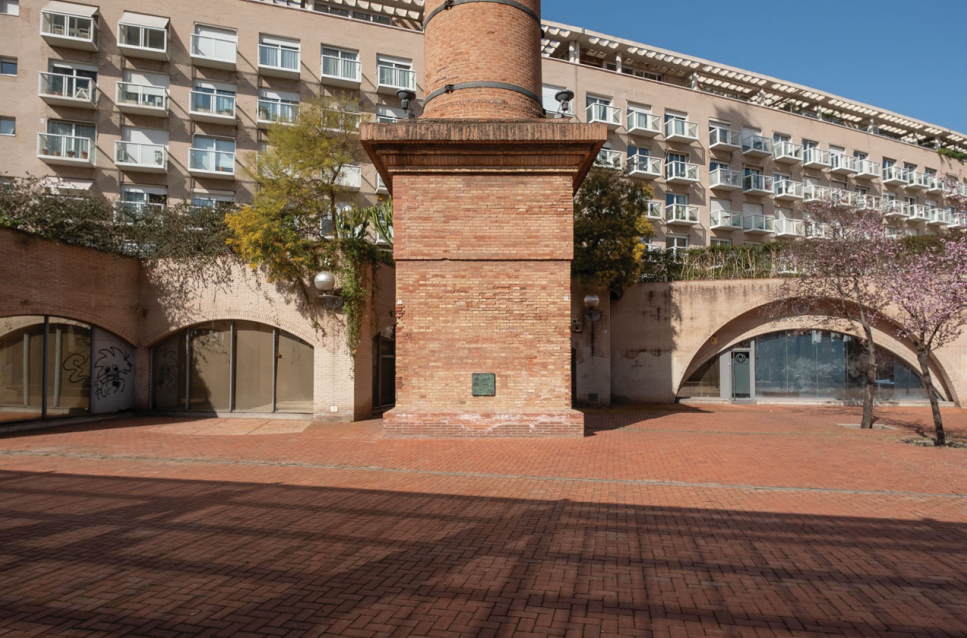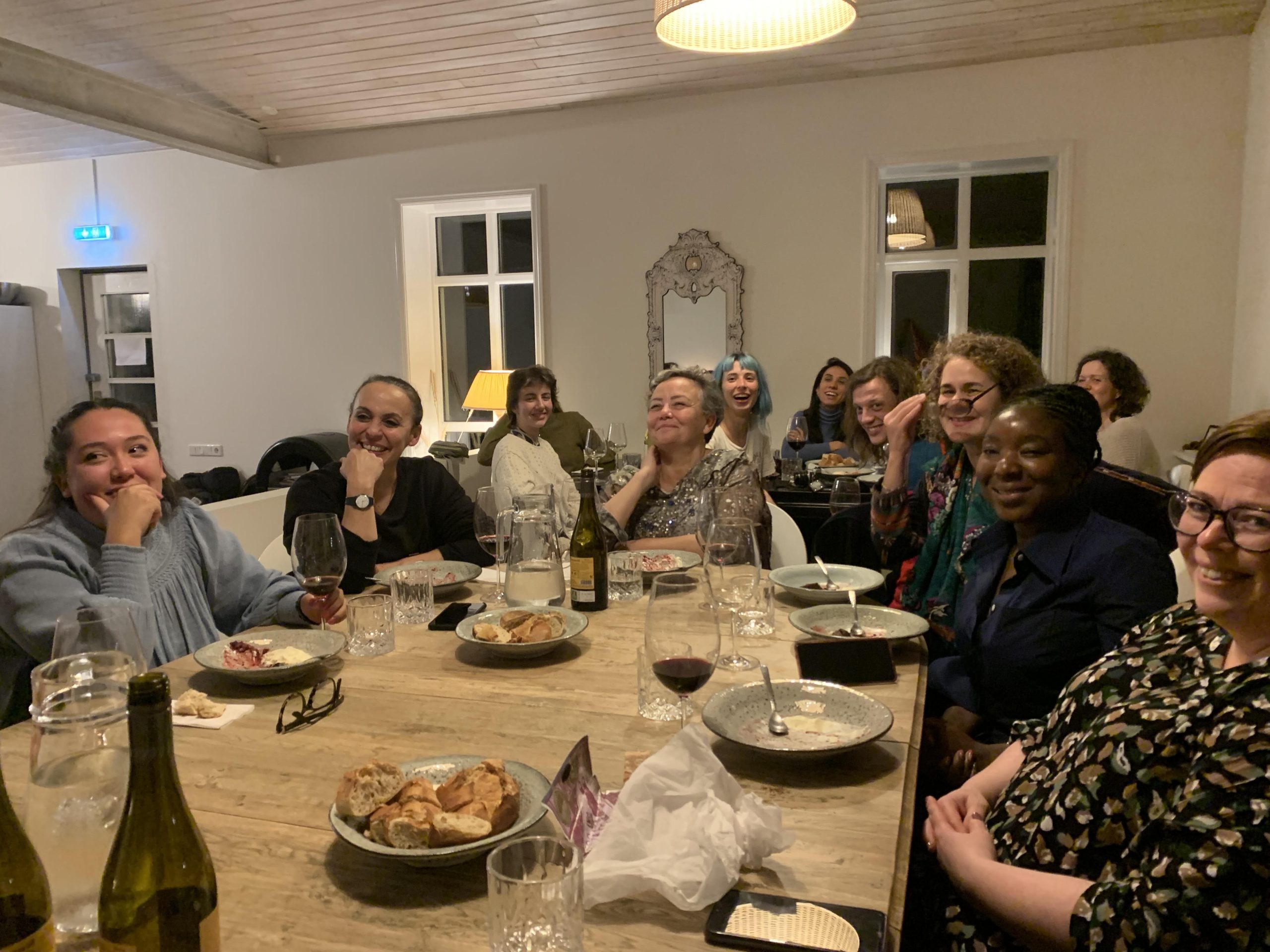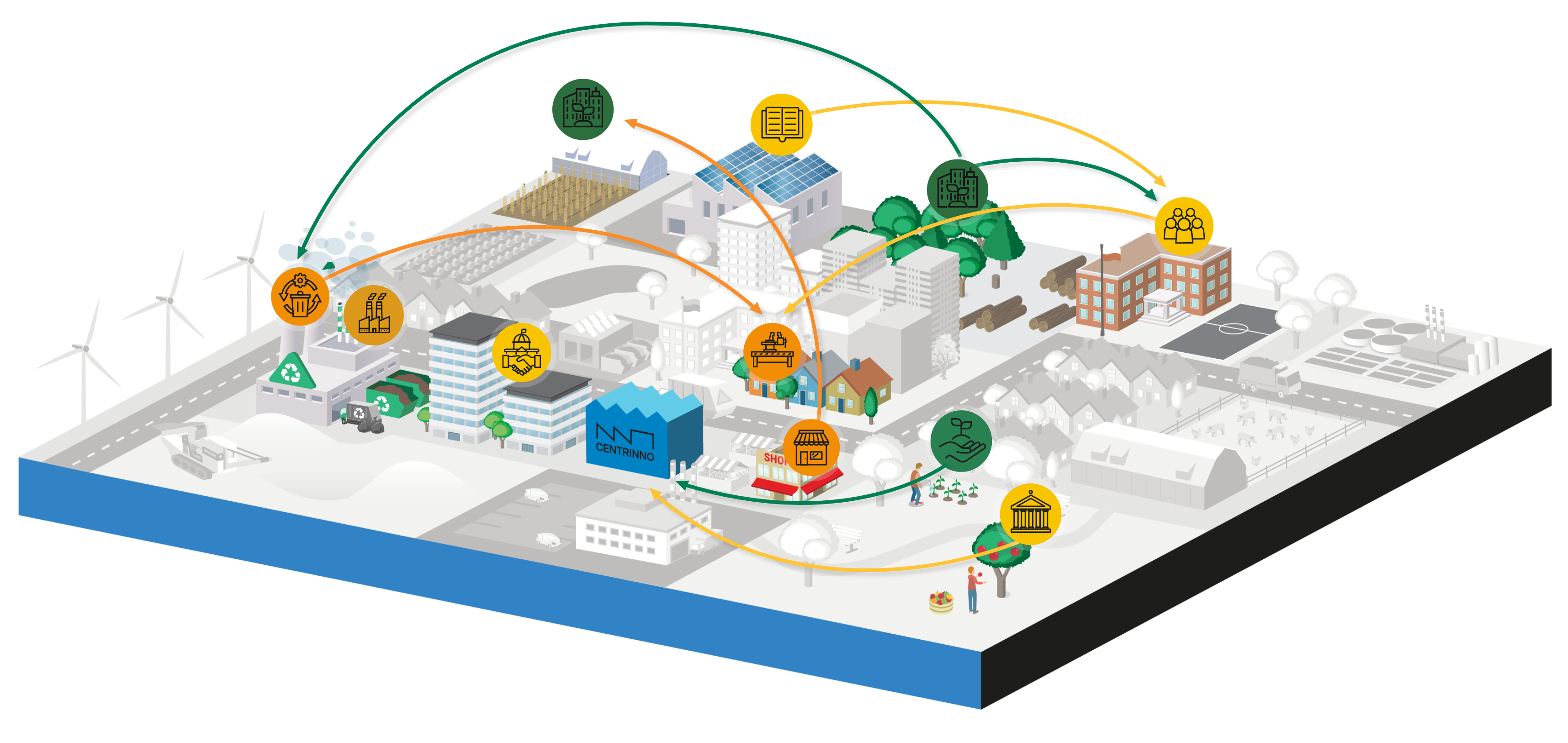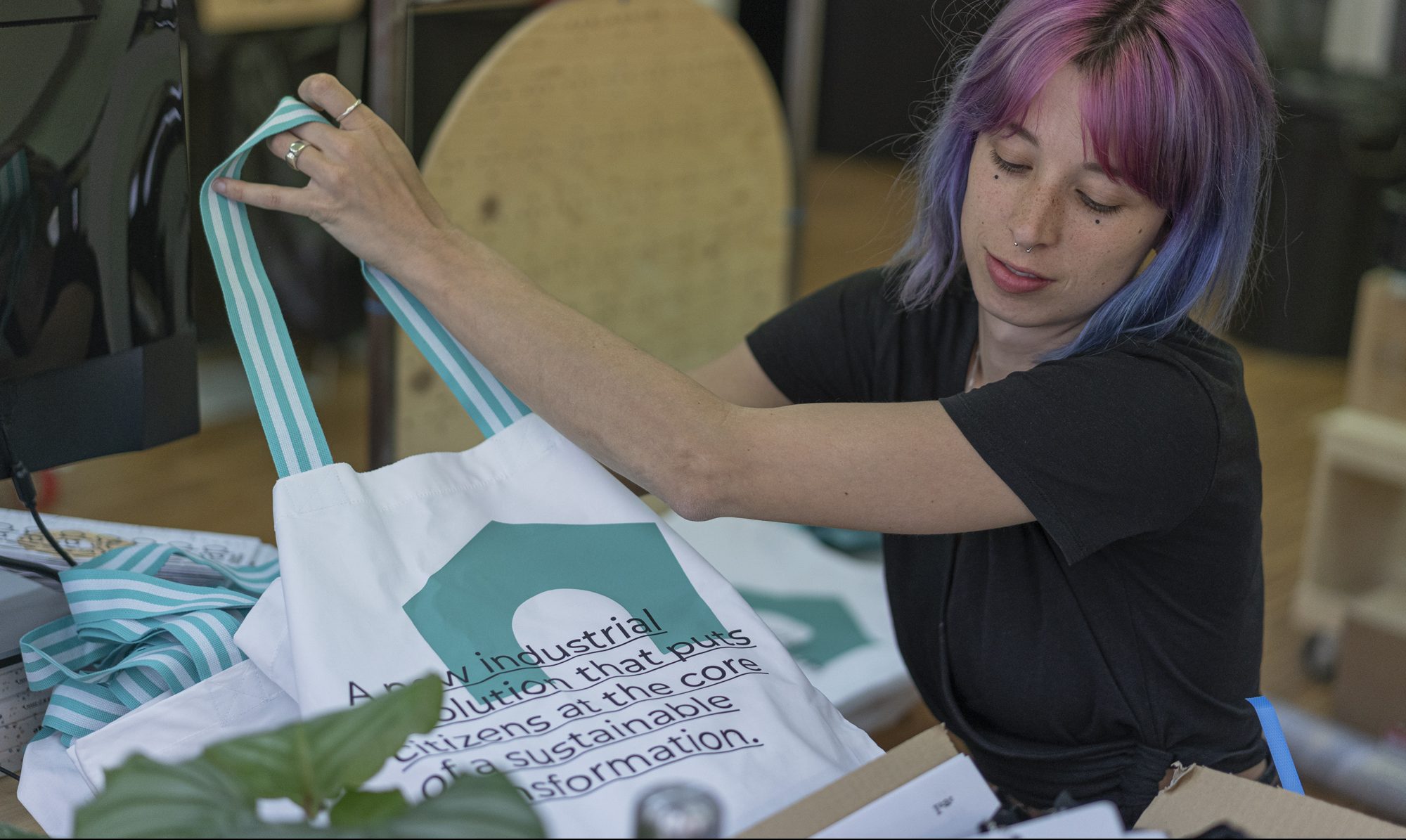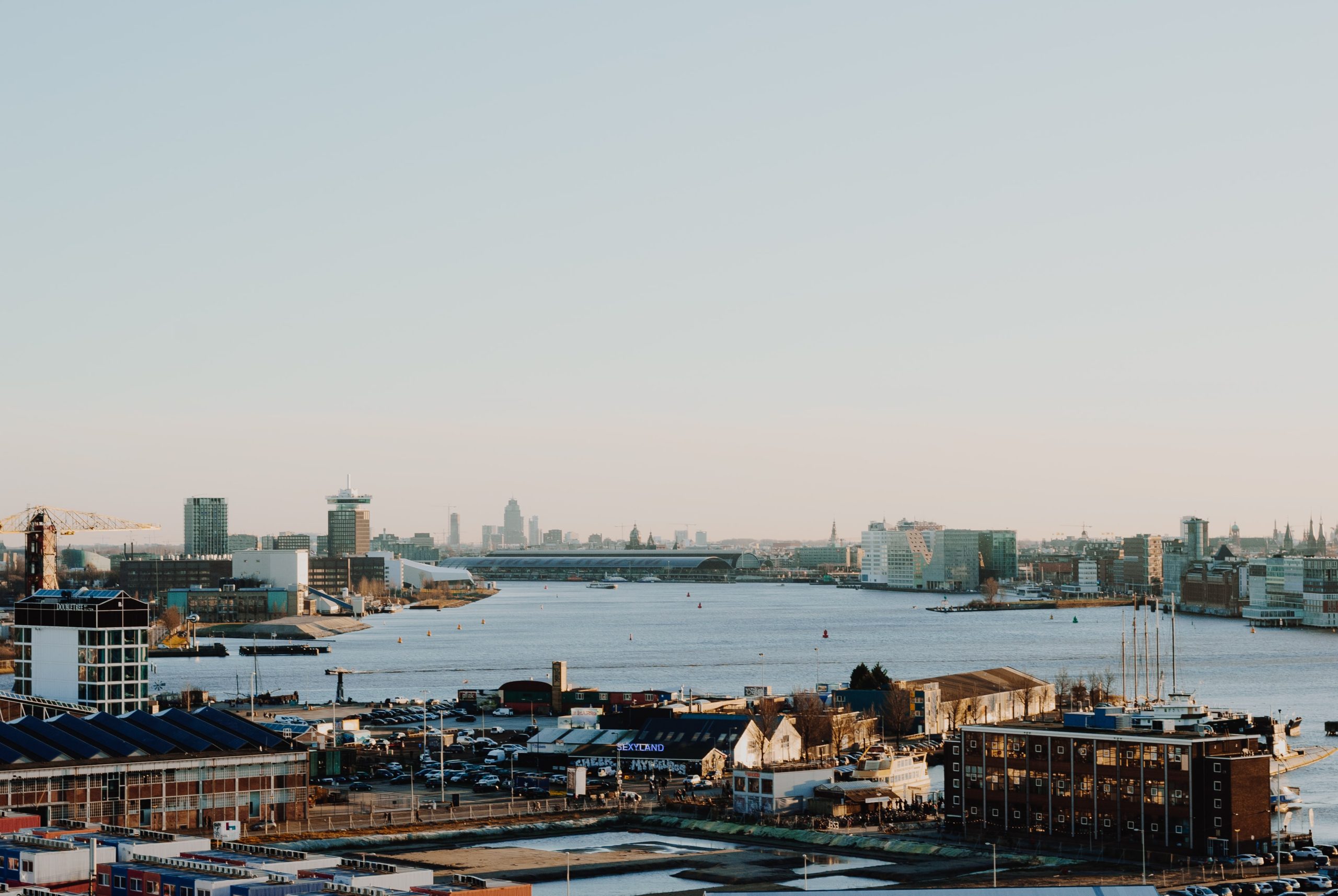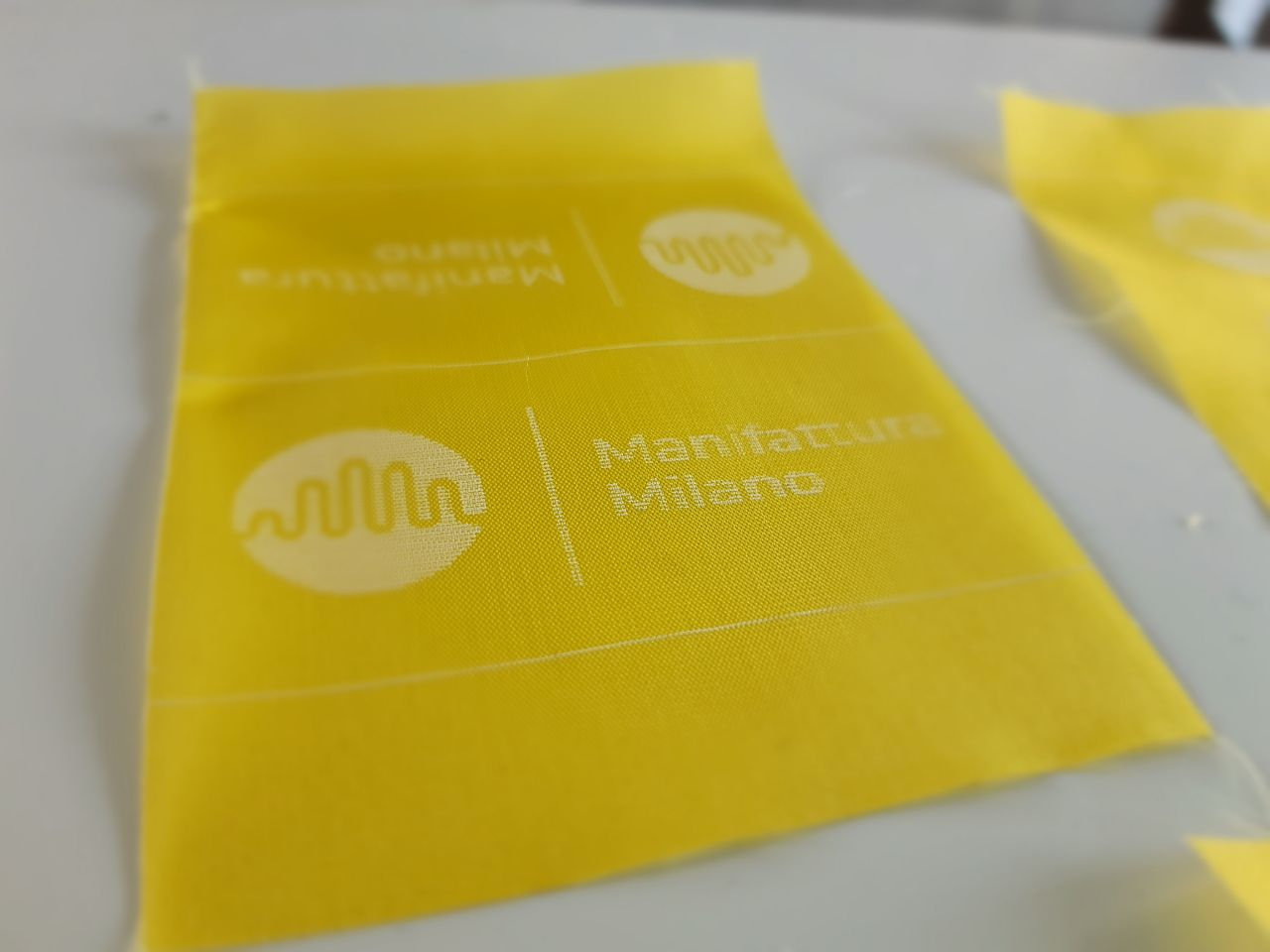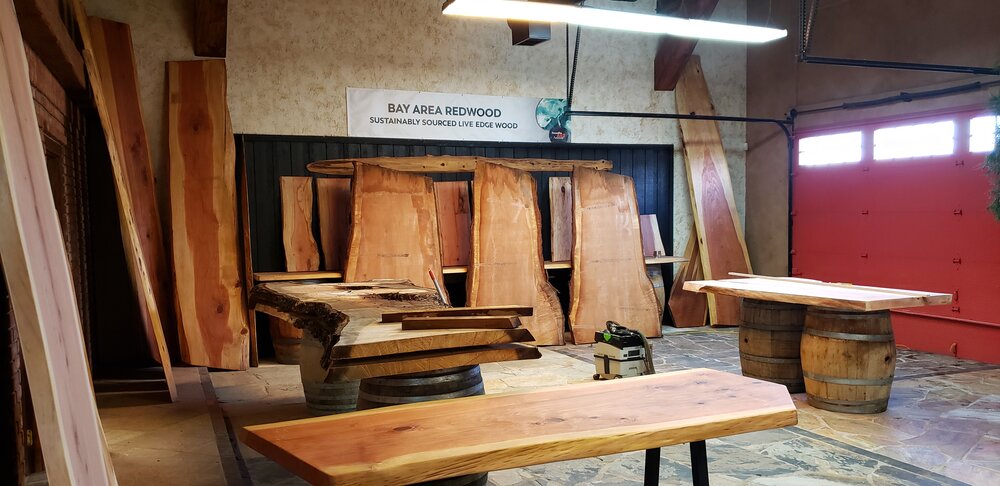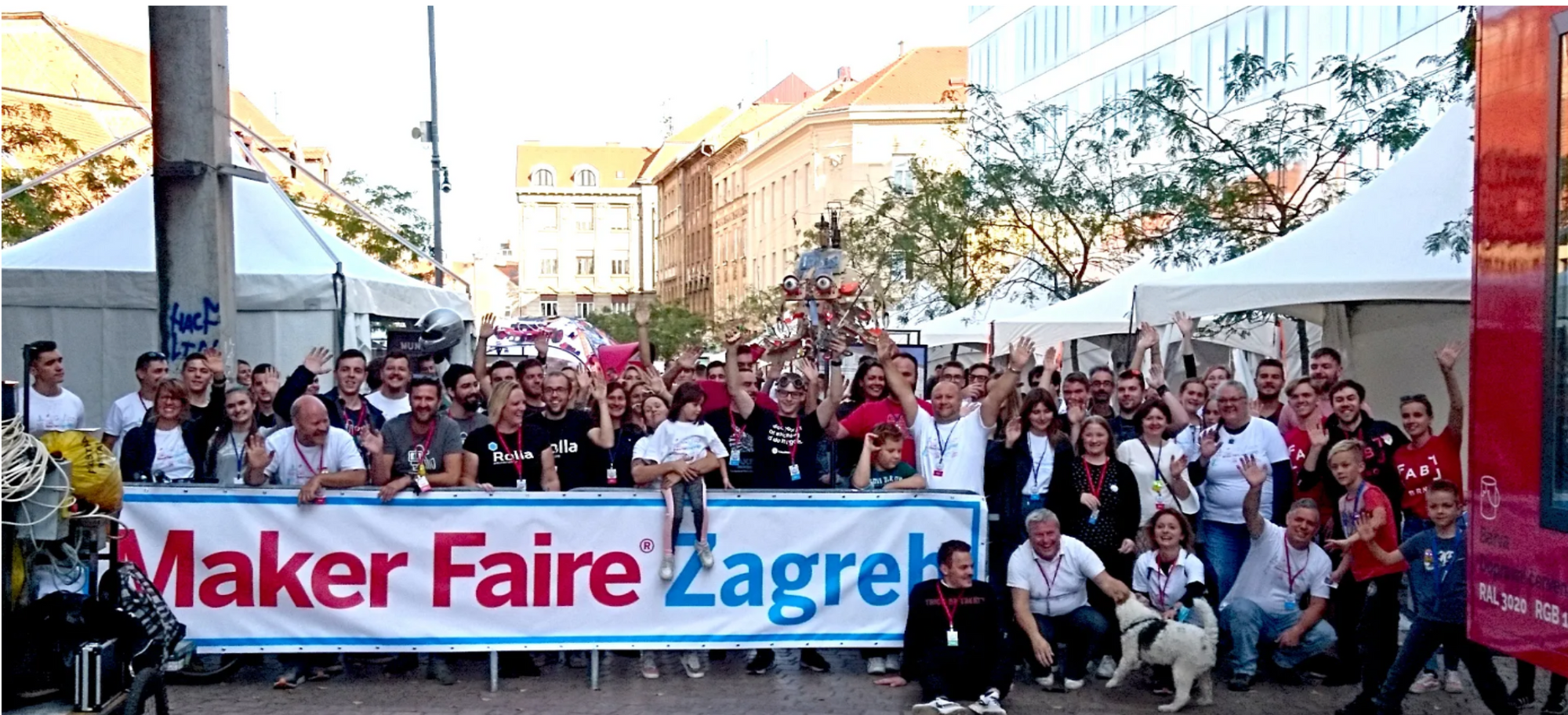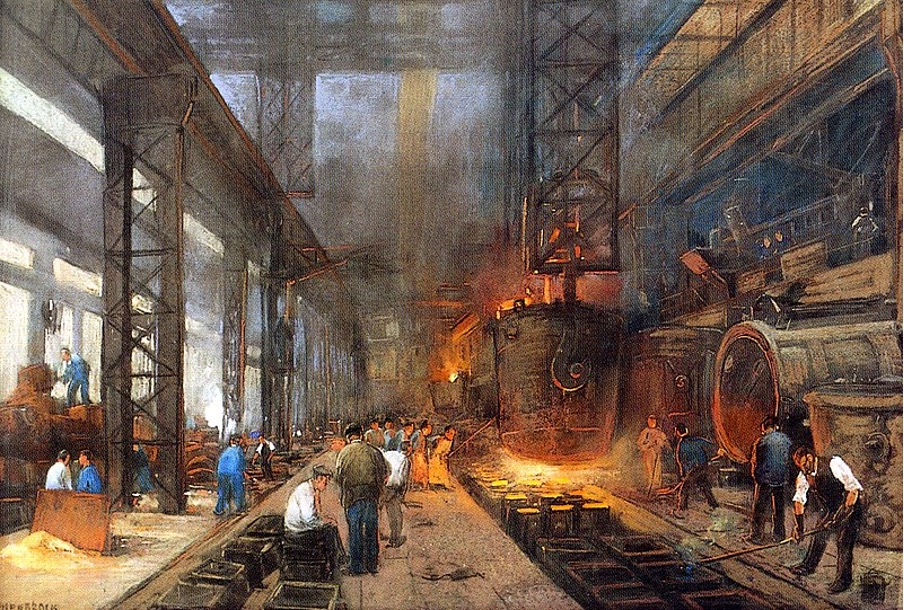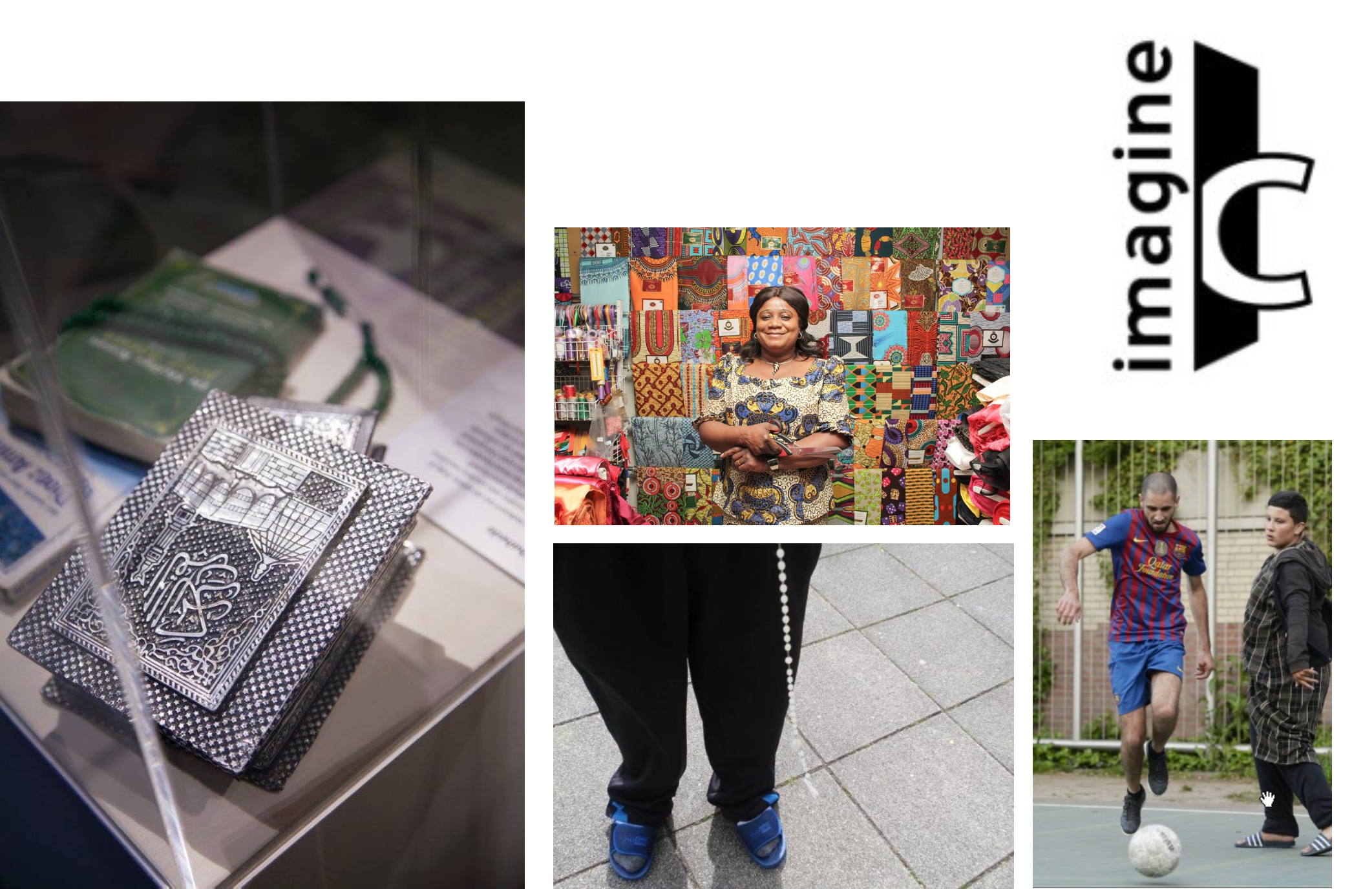BLOG
Fab City Hub Voices Copenhagen
Interview with Nille With Barrientos and Amalie Ingemann
Fab City Hub Voices Copenhagen
Interview with Nille With Barrientos and Amalie Ingemann
Fab City Hub Voices : the Copenhagen’s journey toward a local distributed Fab City Hub
What are the tools and methods the Copenhagen Pilot team is testing to setting up their local model of Fab City Hub ? Nille and Amalie, respectively from the municipality of Copenhagen and the Danish Design Center, tell us the main actions and challenges they are exploring to foster sustainable, vibrant and creative urban communities and environments in North-West district of Copenhagen.
Voices from Copenhagen:
Fab City Hub Voices is a series of webinar featured by Volumes that aim to investigate the challenges and opportunities Creative and Productive Hubs are bring in for the local development of European Cities. While the first edition have seen guests from some of the most known example of established Creative and Productive Hubs such as Fab Lab Barcelona and MediaLab Prado. This second one aim to bring to the fore the voices of those that are in the process of setting up a new typology of Hubs, the Fab City Hubs. Almost 2 years ago, 9 European cities, as part of the CENTRINNO H2020 project, embarked on this adventures and are working on designing local model of FCH to tests innovative financial models, governance and organisational structures to sustain a more inclusive, circular and heritage sensitive local production and development.
Last March we started with Paris and here you can have a look and read about their story.
In this second episode we hosted the Copenhagen team, they tell us the advances they are making towards the definition of their local model of Fab City Hub. Copenhagen is a very interesting case since it illustrate one of the main challenges European cities are facing in the last 30 years : how to combine urgent needs of urban development while preserving the industrial heritage and its local communities ?
Objective and Challenges for a thriving Rentemestervej area
The area where the local team operates is a former industrial neighbourhood in the north -western part of the City. Rentemestervej area is undergoing a rapid and huge transformation that has become a crucial issue both for the political agenda and the local residents. The architectural landscape of this area is characterised by a variated style and mixed used of the spaces, showcasing commercial building and residential housing side-by-side. This peculiarity have attracted creative and cultural businesses. In some cases, those communities of creatives have transformed parts of the former industrial buildings in creative and productive spaces, bringing to the area a vibrant atmosphere while maintaining the cultural ecosystem variated. However, the pressing need for housing and the financial viability of demolition over refurbishment, is causing radical changes to the area. Large blocks of housing are flourishing, erasing the variated industrial and cultural heritage of the place.
During our conversation, Nille and Amalie, presented us the tools and methods they are testing, locally, to set up a local Fab City Hub. The main objective is to foster the creation of a distributed network of existing hubs capable to preserve this mixed and vibrant landscape while fostering sustainable and inclusive urban communities and environments. Today they present us two main lines of work :
- How to foster the local stronghold of creative environments
- How to preserve the physical identity and the heritage of the area
A distributed Fab City Hub for activating and accessing local ecosystems
Before starting on a concrete proposal for a local model of Fab City Hub, the Copenhagen team engaged on a thorough analysis of the area. This research reveals two main challenges :
- the presence in the area of a large number of different stakeholders and initiatives but a low level of interactions among actors and exchange of knowledge about available resources
- local SMEs struggle to access affordable spaces due to the gentrification process the area is undergoing
In order to address these challenges the local team is focusing on two different actions :
- testing a distributed model of Fab City Hub, structured as a network of existing spaces that aims to support local initiatives and foster exchanges and opportunities among stakeholders through networking events
- testing different type of Business Model to facilitate access to affordable spaces thus maintaining a thriving neighbourhood
? 3 Business Models under explorations : + The differentiated rent : private developers could be interested to have differentiated rents to facilitate access to in low payment business and create revenue from other resources + Activate empty spaces : make use of unused basement spaces of housing plot to maintain mixed use and create additional stream of income. Local Housing cooperatives could engage a sort of curator that will recruit strategic businesses and industries interested in occupy those empty square meters. + Not-for-profit BM : this will imply the involvement of a private foundation or the municipality in the acquisition and refurbishment of an industrial buildings and then it will possibly guarantee access to affordable spaces to makers and creatives communities.
Those three models are under exploration and they will be tested in the local context. None of them is perfect, they all present limitations and challenges to traditional models. Maybe the right model is none of them, inversely is combinations of the three. What is sure is that sustainable and inclusive transformations require profound changes in the traditional mindset and inter-sectoral collaboration among different stakeholders.
Emotional Networking : a bottom up method to give voice to citizen
A second line of work is exploring is the local heritage that distinguish and characterise this area.
Fundamental questions arose such as :
- What is the heritage and the identity of the area?
- How to combine heritage and rapid transformation ?
- Who is involved in this process ?
In order to address these questions the local team have tested a series of workshop, the Emotional Networking method with two key actors: the Municipality and the local committees recently elected in the area. Both tests had the intent to evaluate the potential of anchoring Emotional Networking in municipal context as a tool that will democratise the development of ‘conserving zoning plan’ and as a tool to foster systematic dialogues between citizen and the municipality about what has to be considered heritage in the area.
EN have been perceived as a very useful and valuable tool to initiate conversation among different actors and to create common awareness of heritage and potentially influence future zoning plan. However, two important lessons have emerged :
- Changing existing practice with new methods , it takes time and have to be considered as a process
- it is important to create ambassadors of Emotional Networking methods to assure its continuity
Conclusion
The conversation with Copenhagen have been very rich and insightful. By sharing their actions toward the consolidation of a local model of Fab City Hub, clearly emerge how they are challenging at least 5 of the principles for Fab City Hubs :
- working on a distributed model of hub, with the intent of connecting spaces and resources they act as ecosystems activators and devices to access distributed communities and projects (principle 1,2)
- by curating a series of events such as Emotional Networking workshop and networking events in different location, they highlight the importance of the community over the space (principle 5)
- through the use of Emotional Networking methods they are facilitating spaces for citizens to debate around the urban transformation of their neighbourhood (principle 6)
- Finally the collaboration with institutional actors, and local communities, that is embedded in the Copenhagen team itself, demonstrate how Fab City Hub play the role of middle-ground platforms , where different actors converge prototyping new form of collaborations (principle 4)













